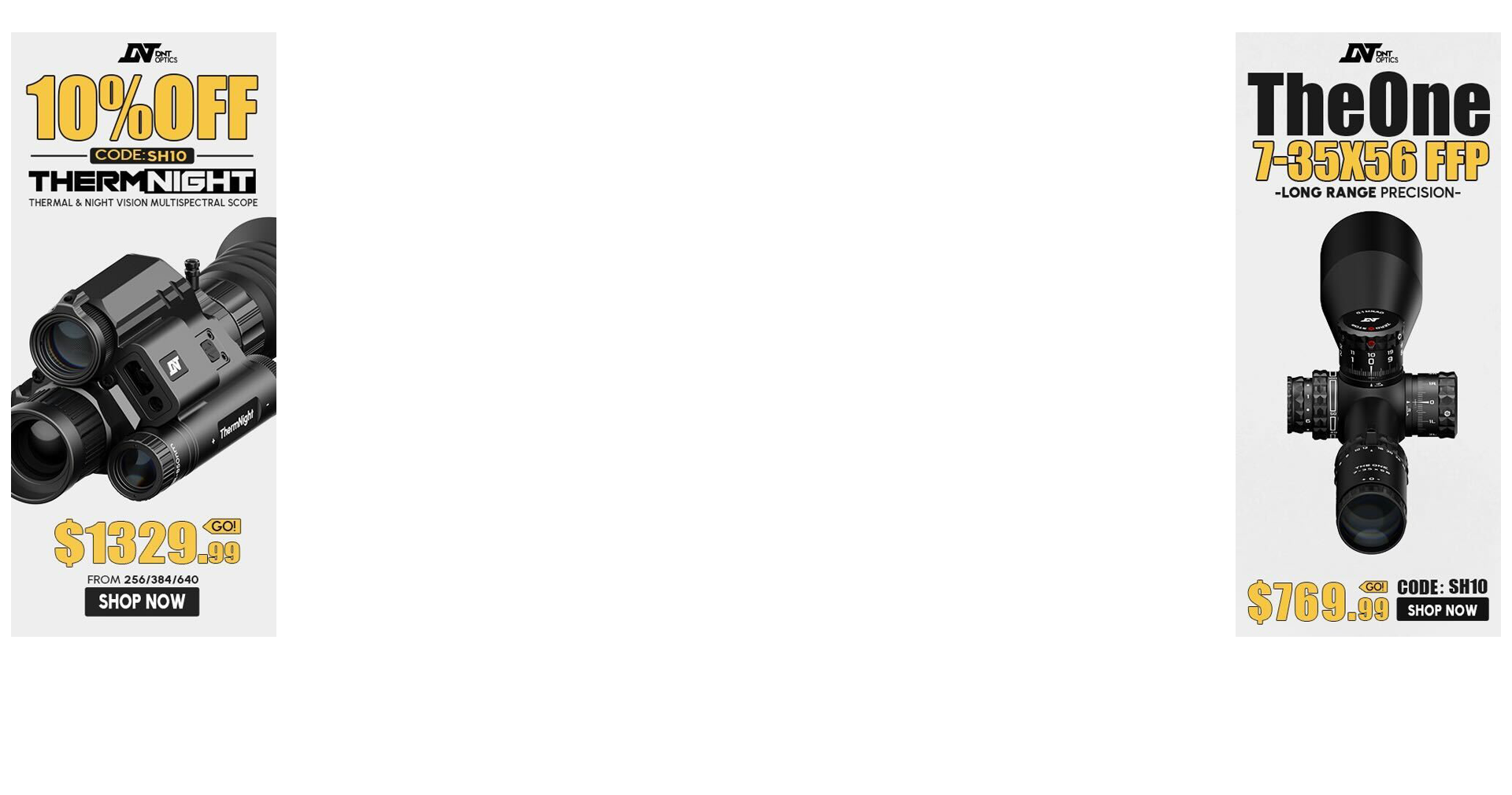Re: Varget weight for SPS Tactical
<div class="ubbcode-block"><div class="ubbcode-header">Originally Posted By: TAC308</div><div class="ubbcode-body">glock24. I have a couple of questions for you:
1. What does ES stand for?
2. What does OCW stand for?
3. At what distance was this test performed?
4. It appears that the 45.2 gr had a closer pattern than the 44.6 based on OCW round 1. So, what made you decided on the 44.6?
Thanks man!
P.S. - I'm using once fired Winchester brass and CCI 200 primers (if that matters at all)... </div></div>
LOL! Good questions, although you have a lot more reading to do before you get started. I will try to send you in the right direction.
1. ES stands for extreme spread. It is simply the difference between the fastest and slowest velocity. Assuming your chrono is accurate, getting this number as small as possible means better long-range repeatability. Primer brand and neck tension are the bigger factors in small ES numbers.
2. Ah, OCW! It stands for optimum charge weight. It is a testing technique that attempts to study the time it takes for the bullet to exit the muzzle. The optimum time for this to occur is when the muzzle is the calmest, in reference to waves of vibrations that begin in the barrel the moment the primer is struck. Below is an excerpt, but definitely
read this
<span style="font-style: italic">Engineer Chris Long's model of barrel behavior suggests (simply put, and in part) that the initial shock wave, generated by the powder
charge's ignition, travels at the speed of sound in steel (about 18.000 fps) from the chamber to the muzzle, then back, in a repeated pattern. When this wave is present at the muzzle, there is naturally much turbulence and obturation of the "roundness" of the bore at the muzzle. However, when this main shock wave has reverberated back to the
chamber end, the muzzle is relatively stable. This window of opportunity, according to Chris, is the best time for the bullet to exit the muzzle. The barrel is basically straight, and relatively calm.</span>
3. My testing above was done at 100 meters, BUT your final load should be verified at 300 meters or longer before calling it your final load.
4. Per my partial answer to question #2, what I'm looking for is a velocity range that has the most stable point of impact (POI). Forget about group size for a moment, and concentrate on <span style="text-decoration: underline">the location</span> of the group in relationship to the target square. See how the group is always around 5 o' clock between 44.3g and 44.9g? This means that despite small velocity changes, the bullets always go to the same spot on the target. Compare this to the 45.2g test. See how it is wandering around when compared to 44.9g and 45.5g? Finding a stable POI is the big clue that bullets in this speed range are leaving the muzzle when it has little to no vibrations.
I chose 44.6g because it is the dead center of this stable POI range. By doing so, I now have the same POI, even if I happen to charge a case a little high or a little low, or if I'm shooting in extremely hot or cold weather. Once my OCW is selected, group size can then be reduced through primer selection, neck tension, and bullet seating depth. In my second test, see how much bullet seating depth can affect accuracy?
Good luck with your testing. You're headed down the right path. We're here if you need us.





